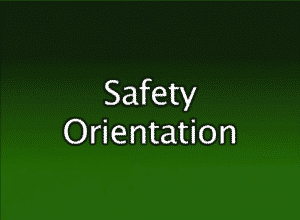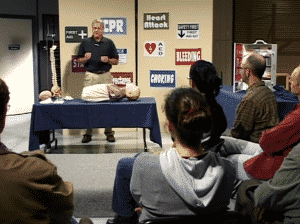EH&S Compliance Library
Please review 1-minute clips of our highest in demand EH&S Training Courses to measure the quality and resonation of our course curriculum.
Just one employee taking our highly effective training courses, creates awareness and behavior shift that could result in millions of dollars in EH&S Non-Compliance cost avoidance.
GECBTS’ Knowledge Transfer Library includes:
521 EH&S Compliance training courses
The Pulse Training® course package is segmented into 150 min multi video training course package, segmented into 5 min single video training modules, with knowledge retention tools and assessment included.
Our EH&S Compliance Training Courses are priced to provide a return on training investment that can be measured in just days and weeks after purchase.
For a pricing proposal click Request for Proposal below. Provide your targeted needs in the form provided, and we will promptly return an employee investment price that will meet your budgetary requirements.
Bloodborne pathogens are sometimes called the unexpected hazard, because for most of us, we just don’t expect to come into contact with blood or bodily fluids when performing our normal job duties. These pathogens are microorganisms which live in human blood and cause disease. Sweat, tears and urine do not carry these microorganisms. Nevertheless, an unexpected encounter with bloodborne pathogens can happen at any time. Responding properly when confronted with blood and other bodily fluids is critical to your health and safety.
The CDC estimates that 5.6 million workers in the health care industry and related occupations are at risk of occupational exposure to bloodborne pathogens, including human immunodeficiency virus (HIV), hepatitis B virus (HBV), hepatitis C virus (HCV), and others.
The purpose of this training course is to provide learners with the knowledge and methods needed to take the appropriate actions in the event of an unexpected hazard.
- Understanding the transmission modes of bloodborne pathogens
- Developing the “Exposure Control Plan”
- Prevention measures in occupational exposure
- Universal precautions to all potential areas and situations
- An understanding of best barrier devices
- Handling, disposal and disinfection of potentially infectious materials
- Effective responding to an exposure
-
All Organizational Positions








